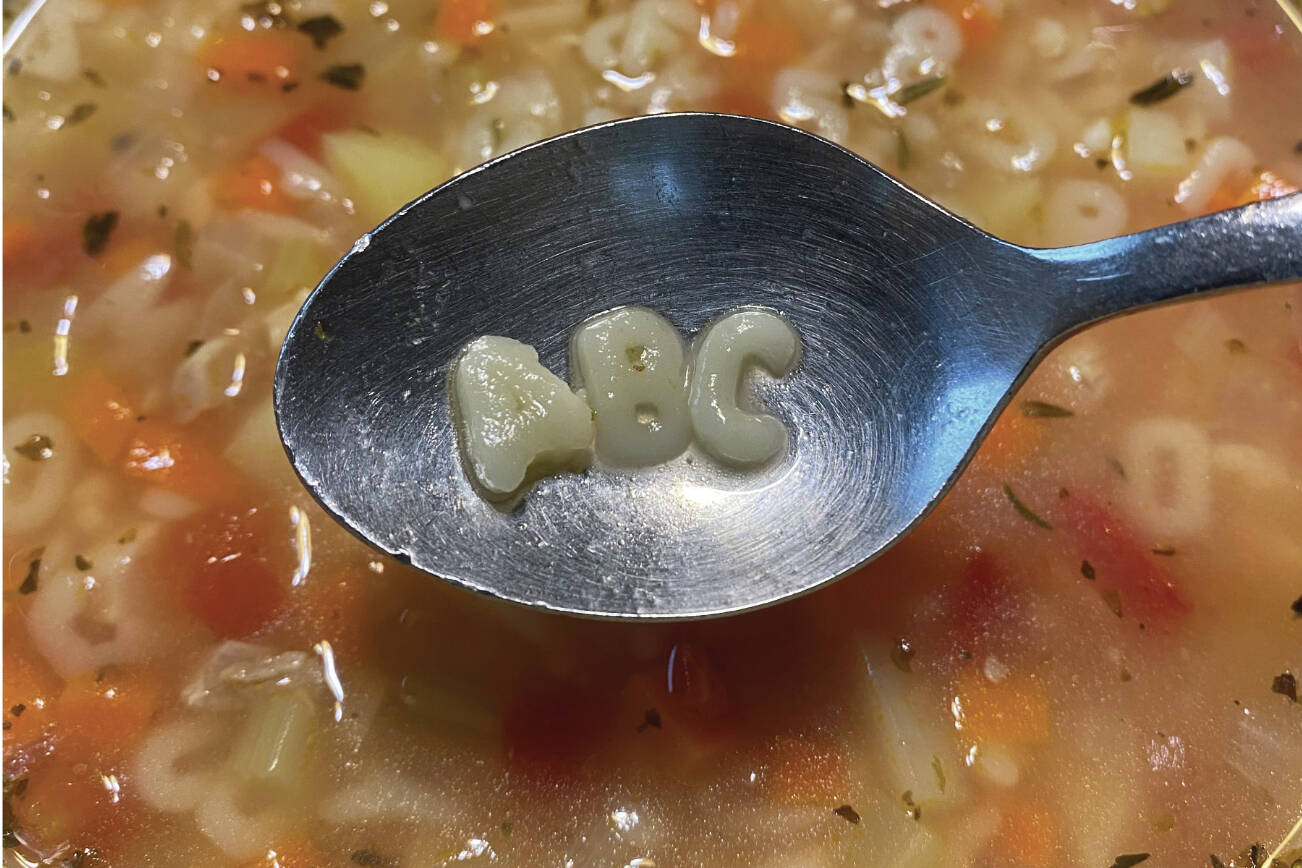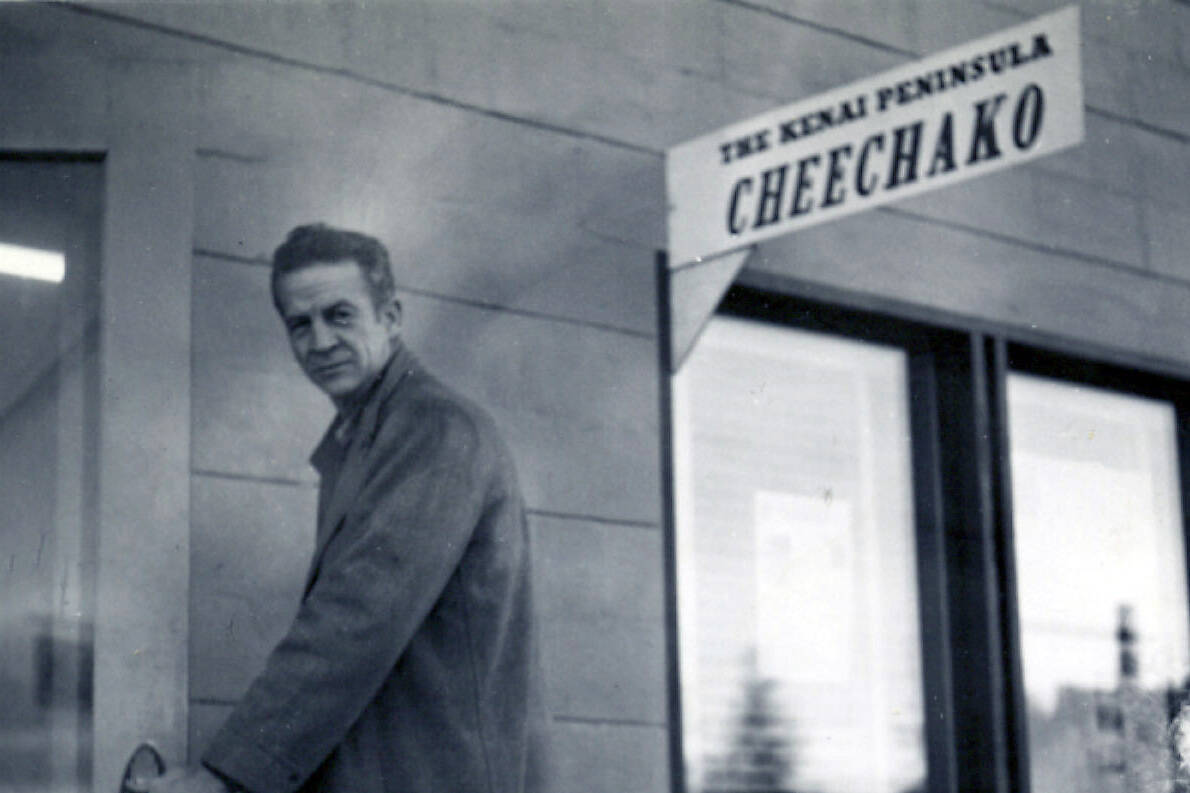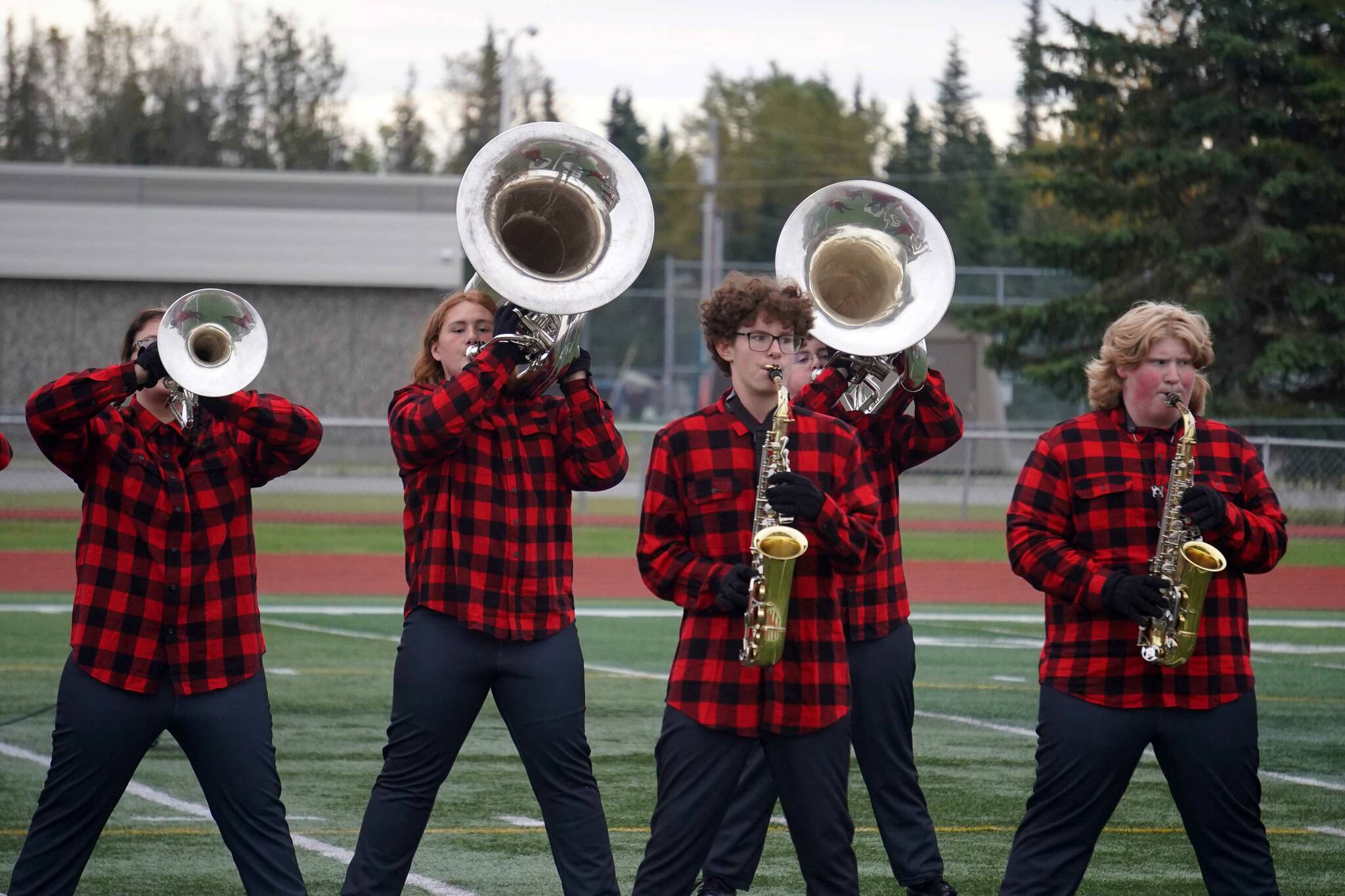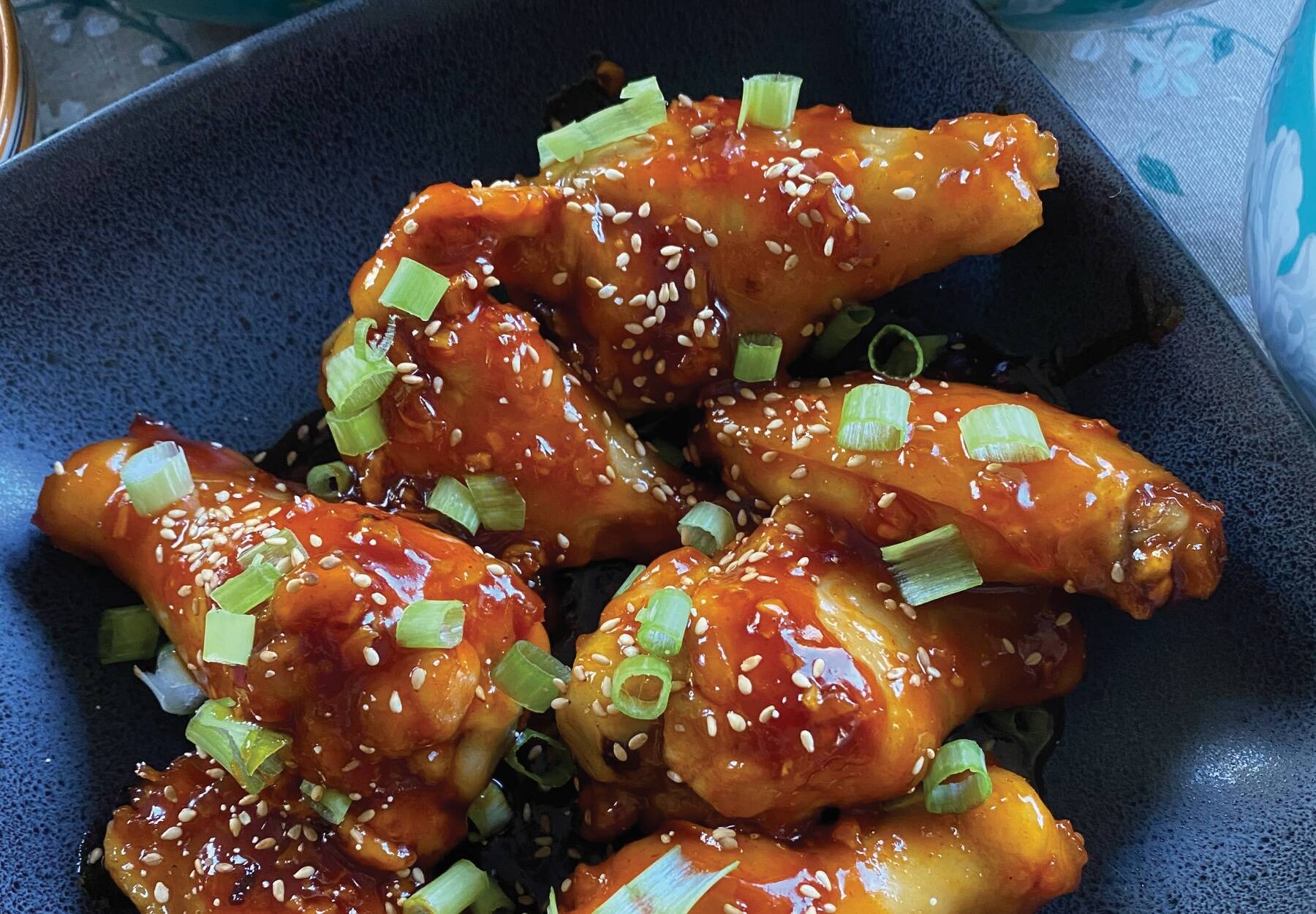The salmon I cooked for dinner Tuesday night earned a thumbs up and a “Mmm-mmm!” from the in-house food critic, so I thought I’d share with you how it came to be.
It began with a frozen fillet, the front half of a silver that tried in vain to swim up the Kenai River in late September. I chose the front because that part of a salmon is the fattest and most tender. I save the tail sections for when being tender isn’t as important, such as for smoking, spreads and patties. It’s all good stuff, but the thicker parts work best for broiling, pan frying and oven-roasting.
Our salmon is vacuum packed, so I thawed it in the bag, submerged in cold water for a couple of hours. It was dry and clean when I cut open the package, or I would’ve patted it dry with a paper towel. Some chefs will tell you to rinse fish in cold water, but to me that’s like rinsing off meat. You’re just rinsing off goodness.
I usually pull the pin bones from salmon fillets before cooking them because it makes eating salmon more pleasant. I get most of them by carefully pulling in the direction for which they’re headed. I didn’t do it last night, because I intended to serve only the bottom half of the fillet, which contains no bones. The leftovers would end up in sandwiches or tacos.
I seldom know how I’m going to cook a piece of fish until just before the event. On this occasion, I decided to cook it “skin down” on aluminum foil in our gas grille, on the deck. After sprinkling the fillet liberally with lemon pepper and Kosher salt on both sides, I let it sit on the counter for a few minutes. Fish cooks faster and more evenly when it starts cooking at room temperature.
If you browse websites for salmon recipes, you’ll find suggested oven-roasting temperatures ranging from 250 to 450 degrees. I’ve tried the “low and slow” method, and found that the fish comes out too soft for my taste. On “Low,” our gas grille will hold at 375 (F) degrees, and that’s where I like to set it. I put the fish on the grille and closed the cover.
I can’t tell you how long the fish cooked. I don’t go by the clock, because there are too many variables. If it’s cold and windy outside, that can affect cooking time. The thickness of the fish is another factor. So I live by the rule, “Never turn your back on a cooking fish,” and I check it often.
Some people like their salmon rare; others, well done. When cooking for a crowd, I try to hit somewhere in the middle. If your fish oozes white stuff, you’re using too much heat. That’s protein cooking out of the flesh, and it’s a good sign that the fish may be overdone and on its way to becoming tough. When it’s opaque and easily flakes with a fork, it’s done. When it turns out to be dry, rubbery, leathery or cremated, I don’t despair. I try to learn from the experience and move on.
This time, it was perfect. I removed the fish from the grille with a spatula, leaving the skin and foil on the grille. This is one of the good things about this method: No mess to clean up. In the house, I placed serving-size pieces on plates that had been warming in the microwave. I had made a sauce of melted butter, lemon zest and fresh dill weed, which I drizzled over the fish on the plate. I then added steamed broccoli, boiled yams and a couple of cold glasses of New Zealand sauvignon blanc, and my work was done.
I hope I didn’t make this dish seem complicated, because it’s not. It took longer for me to write about it than it did to make it.
Les Palmer can be reached at les.palmer@rocketmail.com.








